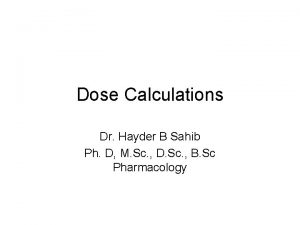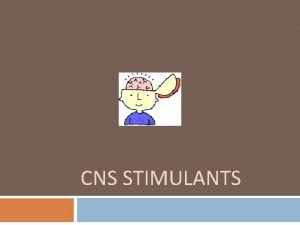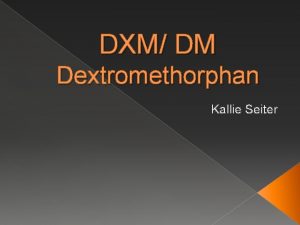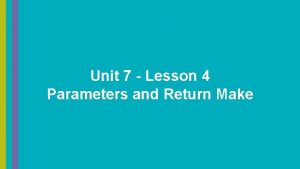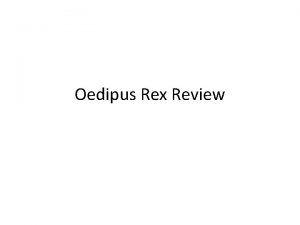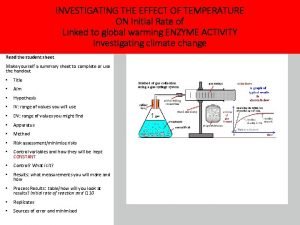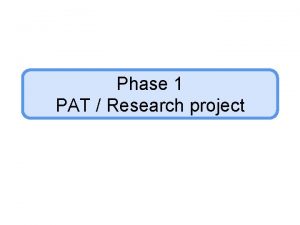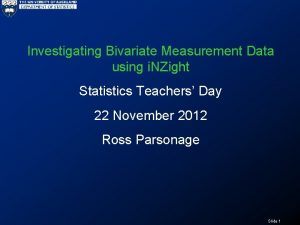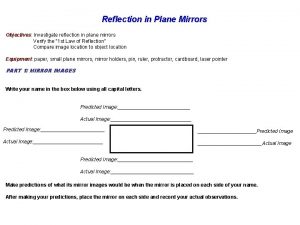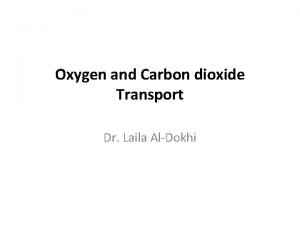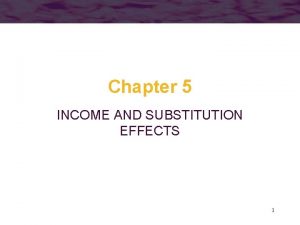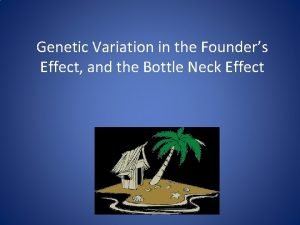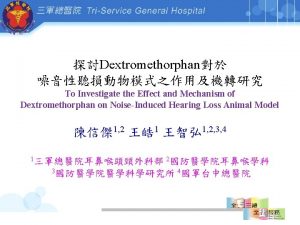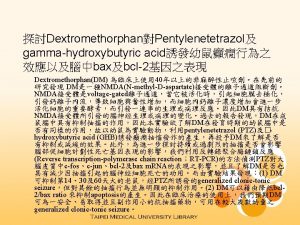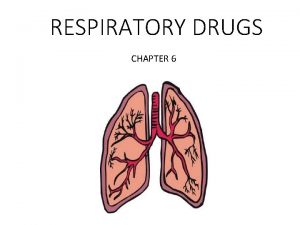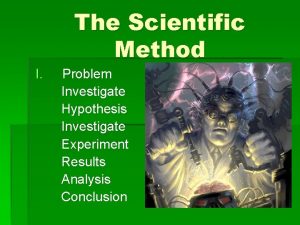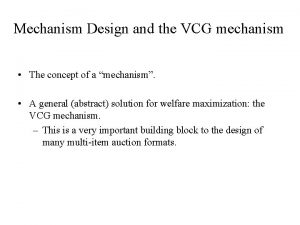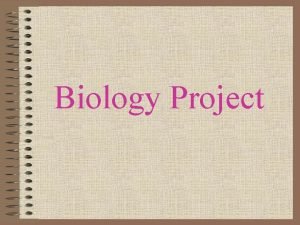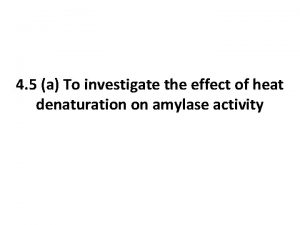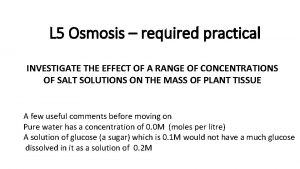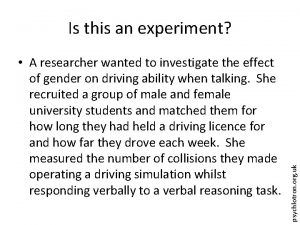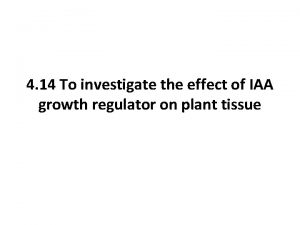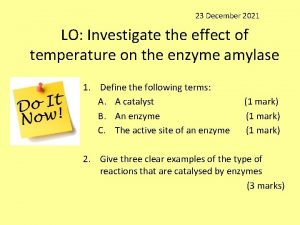Dextromethorphan To Investigate the Effect and Mechanism of
















- Slides: 16

探討Dextromethorphan對於 噪音性聽損動物模式之作用及機轉研究 To Investigate the Effect and Mechanism of Dextromethorphan on Noise-Induced Hearing Loss Animal Model 陳信傑 1, 2 王皓 1 王智弘 1, 2, 3, 4 1三軍總醫院耳鼻喉頭頸外科部 2國防醫學院耳鼻喉學科 3國防醫學院醫學科學研究所 4國軍台中總醫院

Introduction • Dextromethorphan (DXM) has been a widely used non-opioid, non‑narcotic and over-the-counter (OTC) antitussive for over 50 years. • DXM binds to several other receptors and transporters in the brain and acts as – a low-affinity uncompetitive N-methyl-D-aspartate receptor (NMDA) antagonist – a high affinity sigma-1 receptor agonist – a voltage-gated calcium channel (VGCC) antagonist. • DXM has significant neuroprotective properties in many in vitro and in vivo models of central nervous system injury and neurodegenerative diseases.

DXM Approved Indications • Cough suppression – Patented in 1954 as an antitussive – Approved by the FDA in 1958 for OTC use – Preferentially act within the brainstem cough network rather than at peripheral sites to suppress cough • Pseudobulbar affect (假性 延髓情緒) Potential Therapeutic Uses • Depression • Stroke • Traumatic brain injury • Seizure • Pain – Post-operative pain – Neuropathic pain • Methotrexate neurotoxicity • Parkinson's disease • Autism

Proposed molecular targets of DXM following ischemic stroke

Aim The association between DXM and Noise-induced Hearing Loss and Tinnitus DXM Hearing loss Tinnitus Noise

Materials and Methods • Noise exposure & Dextromethorphan injection or delivery - Mice:CBA/Ca. J ( 8 weeks ) - Noise: 118 d. B SPL wide band noise, 3 h - Intervention: (1) IP injection (DXM hydrobromide, Sigma) (0. 03 mg/g) (2) Round window delivery - 於噪音暴露前2天、當天、噪音暴露後2天施打DXM hydrobromide

將滴有藥物之gelfoam塞入round window + 7~8 ul dextromethorphan fluid Round window Gelfoam 0. 05~ 0. 1 cm Stapedial artery Cochlea Abs orbe n t pa per poin ts Tympanic bulla • 將小鼠耳蝸鑽洞至能清楚看見Round window,使藥物較能順利透過round window membrane進入耳蝸 • 將裁剪好的gelfoam滴上藥物 (使gelfoam能濕潤變形) • 將含有藥物之gelfoam放入round window洞口 • 利用鑷子或紙針輕推gelfoam使其能直接貼在round window membrane

Results 42 d. B Vs 48 d. B


30 days post-noise Normal PBS Detromethorphan Middle turn Mice:CBA/Ca. J Noise: 118 d. B 3 hrs


Ct. BP 2: ribbon; PSD 95: postsynaptic receptor 噪音DXM治療的小鼠與噪音PBS組相比呈現 較多且一起出現的ribbon(Ct. BP 2)和postsynaptic receptor(PSD 95) synaptic complex (paired ribbons and glutamate receptor patches), 而在噪音PBS組這兩者在染色呈現分開的現 象。


Discussion • Origin of noise-induced cochlear hearing loss and tinnitus – NMDA receptor activation and auditory nerve excitation – Damage to the IHC synapses and deafferentation • NMDA antagonist – Ketamine, Esketamine (AM-101), PCP ligand (MK 801) and DXM – Cochlear NMDA receptors as a therapeutic target of noiseinduced tinnitus (AM-101). Cell Physiol Biochem 2015 – Effect of ketamine, DXM, and MK 801 on cochlear dysfunction induced by transient ischemia. Ann Otol Rhinol Laryngol 2002

Conclusions • DXM had a trend to attenuate the hearing loss due to restoring the synaptic complex connection after noiseinduced animal model. • Further human clinical trials are expected to be applied in noise-induced hearing loss.

Thanks for your attention!
 Dextromethorphan dose pediatric
Dextromethorphan dose pediatric Dextromethorphan
Dextromethorphan Dextroverse
Dextroverse Lesson 4: parameters and return make
Lesson 4: parameters and return make Who is rumored to have killed laius?
Who is rumored to have killed laius? Finding initial rate of reaction
Finding initial rate of reaction How to investigate a problem
How to investigate a problem Nzight
Nzight Investigate reflection
Investigate reflection Bohr effect and haldane effect
Bohr effect and haldane effect Substitution effect and income effect
Substitution effect and income effect Bottleneck effect
Bottleneck effect Hình ảnh bộ gõ cơ thể búng tay
Hình ảnh bộ gõ cơ thể búng tay Slidetodoc
Slidetodoc Bổ thể
Bổ thể Tỉ lệ cơ thể trẻ em
Tỉ lệ cơ thể trẻ em Voi kéo gỗ như thế nào
Voi kéo gỗ như thế nào
